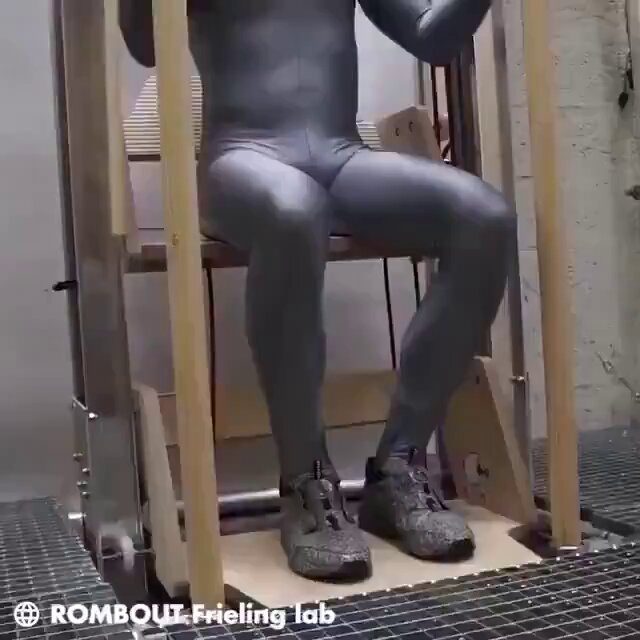In the ever-evolving landscape of technology, innovations that enhance accessibility and mobility are particularly noteworthy. One such innovation is a system designed to make it easier to move between floors, as highlighted by @gigadgets_ in a recent tweet. This system, which can be seen in action here, represents a significant leap forward in the realm of assistive technology.
The Robotic Wheelchair That Climbs Stairs
One of the most compelling examples of this technology is a robotic wheelchair that can climb stairs. This innovation addresses a critical challenge faced by many individuals with mobility impairments: navigating stairs. Traditional wheelchairs are limited to flat surfaces, making multi-level buildings a significant barrier. However, this robotic wheelchair, as showcased in a TechCrunch video, is equipped with compliant wheels that can handle bumps, rocks, and stairs with ease.
How It Works
The wheelchair’s design incorporates advanced robotics and sensor technology to navigate various terrains. The compliant wheels adjust to the surface, ensuring stability and safety for the user. This capability is particularly beneficial in urban environments where stairs and uneven surfaces are common.
Stair-Climbing Delivery Robots
Another exciting development in this space is the stair-climbing delivery robot by Mobinn. This robot can navigate stairs and curbs, addressing a major limitation of traditional delivery bots. As detailed in a TechCrunch article, these robots are partly autonomous and equipped with a robust set of sensors to navigate complex environments.
Applications and Impact

The primary application of these robots is in last-mile delivery, particularly in urban areas where stairs and curbs are prevalent. By overcoming these obstacles, the robots can improve the efficiency and reach of delivery services. This innovation has the potential to disrupt the delivery and logistics industry by providing a more versatile and reliable solution for navigating urban landscapes.
Robotic Exoskeletons for Workplace Assistance
In addition to mobility aids and delivery robots, robotic exoskeletons are making waves in the workplace. A notable example is a robotic knee exoskeleton made from consumer braces and drone motors, developed by researchers at the University of Michigan. This exoskeleton is designed to assist human labor by maintaining proper lifting form and reducing the strain on the back.
Enhancing Human Capabilities
The exoskeleton strengthens the legs to maintain proper lifting form, rather than directly bracing the back. This approach not only enhances the user’s lifting capabilities but also promotes long-term health by reducing the risk of injury. The exoskeleton is currently in the prototype stage, but its potential applications in various industries are vast.
AI-Powered Robot Navigation
Google DeepMind Robotics has also made significant strides with its AI-powered robot navigation system. Using Google’s Gemini 1.5 Pro model, these robots can navigate office environments with advanced natural language understanding.
Office Automation and Efficiency
The AI-powered navigation system can significantly improve efficiency in office settings by automating routine tasks and assisting employees. The system’s ability to understand and follow natural language instructions makes it a valuable tool for office automation and assistive technology robotics.
Conclusion
These innovations in robotics and AI are transforming the way we navigate and interact with our environments. From robotic wheelchairs that climb stairs to AI-powered office assistants, assistive technology is breaking down barriers and enhancing accessibility for all. As these systems continue to evolve, their impact on our daily lives will only grow, making the future of work and mobility more inclusive and efficient.
Check out more AI tools.
Elevate Guest Experience with RoomGenie
Textify Analytics – Affordable Insights at the Speed of AI
